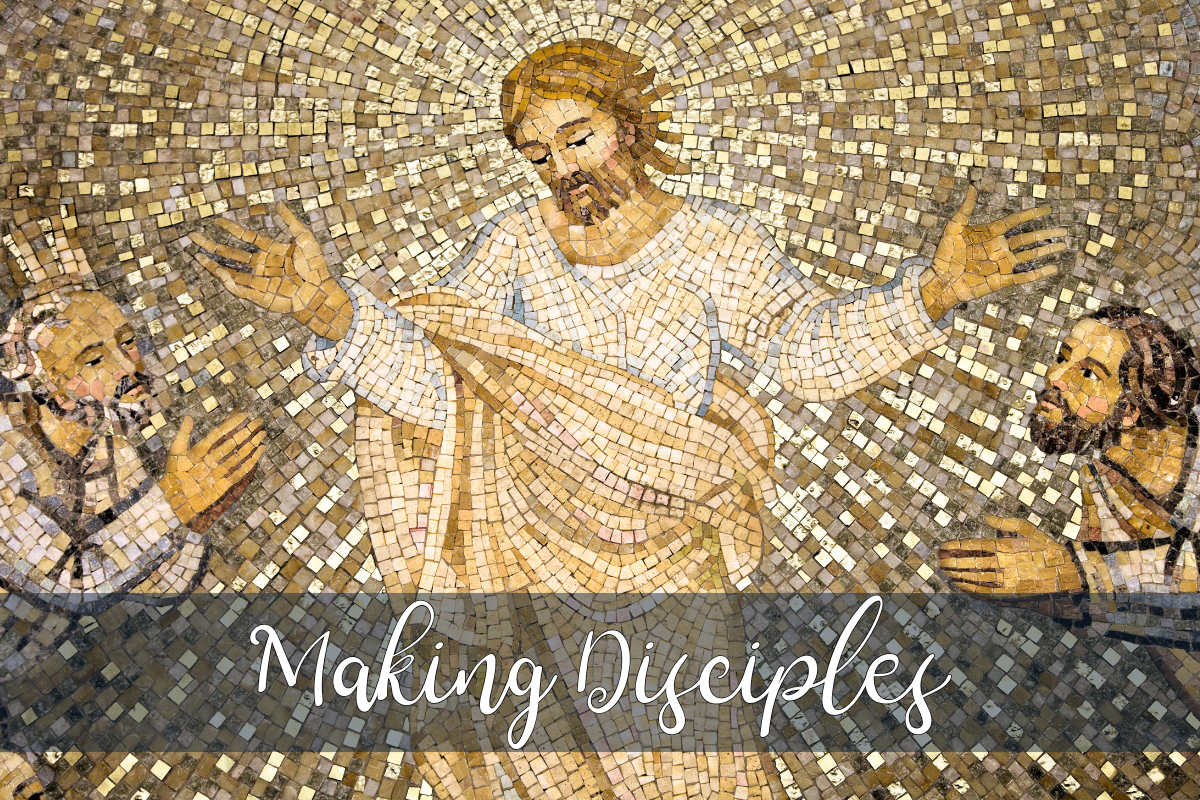Today we rejoice in the proclamation that our Lord Jesus Christ is King of the Universe. This solemnity, instituted 100 years ago by Pope Pius XI, encourages us to publicly celebrate our faith and remind others that while governments come and go, Christ reigns as King of all creation forever. In his encyclical Quas Primas, Pope Pius XI affirms that Jesus Christ “is very truth, and it is from him that truth must be obediently received by all mankind.” In that light, the universal kingship of Christ harkens back to his command: “Go, therefore, and make disciples of all nations…” (Matthew 28:19).
The necessity for this solemnity remains strong a full century later. Pope Leo XIV observes that “Our world, wounded by war, violence and injustice needs to hear the Gospel message of God’s love and to experience the reconciling power of Christ’s grace.” Our Christian faith provides us with a pathway to salvation. When we receive the gift of faith, it is our responsibility to spread that good news as collaborators and cooperators in the continuance of the redemptive work of Jesus Christ. “As each one has received a gift, use it to serve one another as good stewards of God’s varied grace” (1 Peter 4:10).
All baptized people, therefore, are universally qualified and individually called to assist in the priestly work of proclaiming the Kingdom of God. “But you are ‘a chosen race, a royal priesthood, a holy nation, a people of his own, so that you may announce the praises’ of him who called you out of darkness into his wonderful light” (1 Peter 2:9). By virtue of the gifts bestowed to us by God, every Christian is “a witness and a living instrument of the mission of the Church itself” (Lumen Gentium, no. 33). Pope Francis elaborates: “All the baptized, whatever their position in the Church or their level of instruction in the faith, are agents of evangelization, and it would be insufficient to envisage a plan of evangelization to be carried out by professionals while the rest of the faithful would simply be passive recipients.”
Recall that during his earthly ministry, Jesus and his followers constitute a living community and become the temple not made with hands (Acts 7:48). As such, the people represent the early Church. Just as Jesus proclaims the Kingdom of God, the Church proclaims our Lord and Savior Jesus Christ. In our post-resurrection community, the proclaimer becomes the proclaimed. This institution is necessary for continued evangelization and communion with God. The risen Jesus is made present by the Church, with the community guided and perfected by the Holy Spirit.
In Christifideles Laici, Pope Saint John Paul II urgently pleads for the action of the lay faithful to combat changing affairs in the Church as well as in social, economic, political, and cultural life. He makes the significant point that the parish is principally not a structure, territory, or a building but rather, “the family of God, a fellowship afire with a unifying spirit.” With the grace of God, we are enabled to spark the flame that illuminates the world with the salvific charity and mercy of the Lord.
“A renewed impulse is required to proclaim and transmit the faith. This means placing Jesus Christ at the center,” notes Pope Leo XIV. He continues to say that we must help “people to live a personal relationship with Him, so they may discover the joy of the Gospel.” Making disciples begins with the simple introduction to Jesus Christ in order to foster a true encounter with him. Pope Francis explains that evangelization “does not begin by seeking to convince others, but by bearing witness each day to the love that has watched over us and lifted us back up.”
As we celebrate that Jesus Christ is King of the Universe, your assignment this week is to follow his instructions and go make disciples. Use your gifts to reveal the face of God to others and to advance His Kingdom. And reflect upon these words of Pope Leo XIV: “No one can stop you from proclaiming the Gospel–and it is the Gospel that we are sent to bring, because this is what everyone–ourselves first of all–needs in order to live well and to be happy.”



